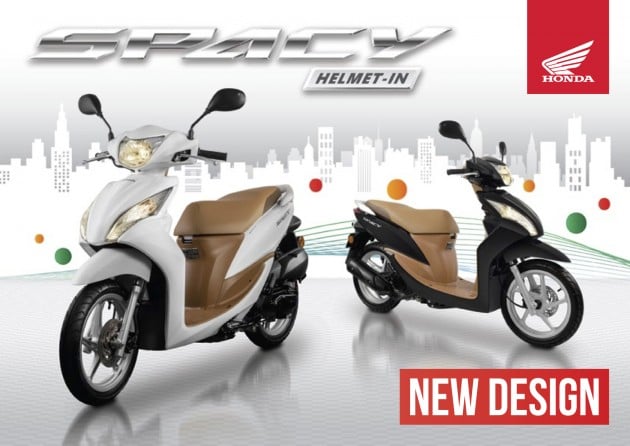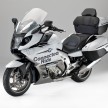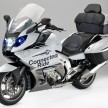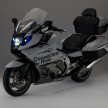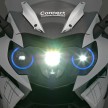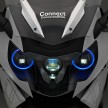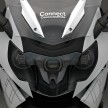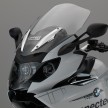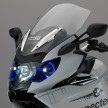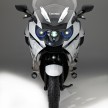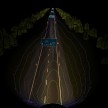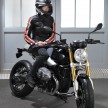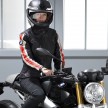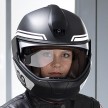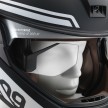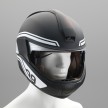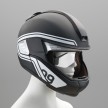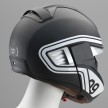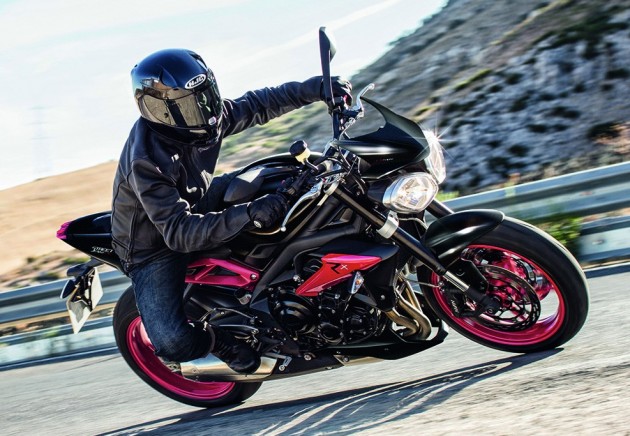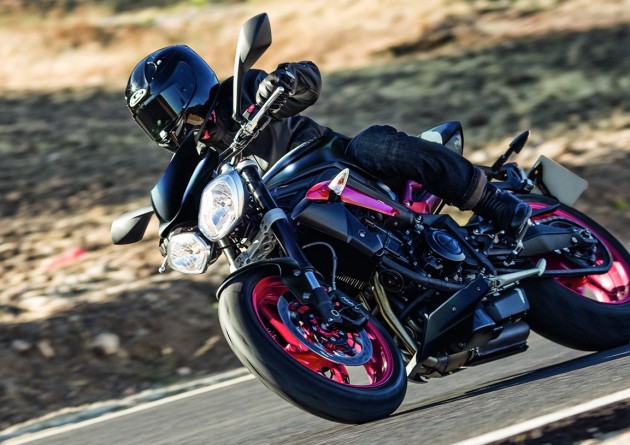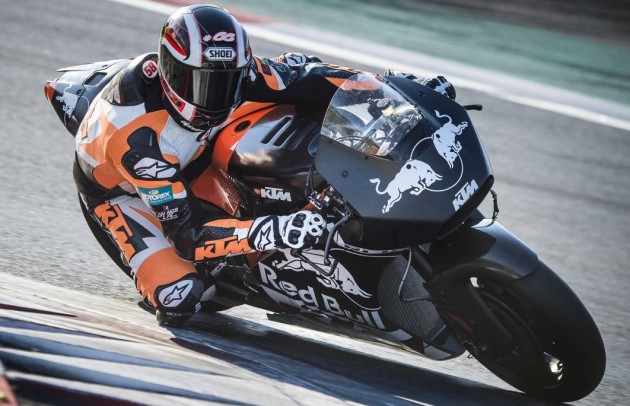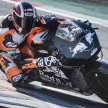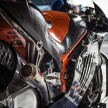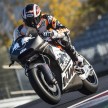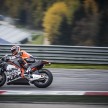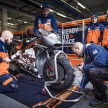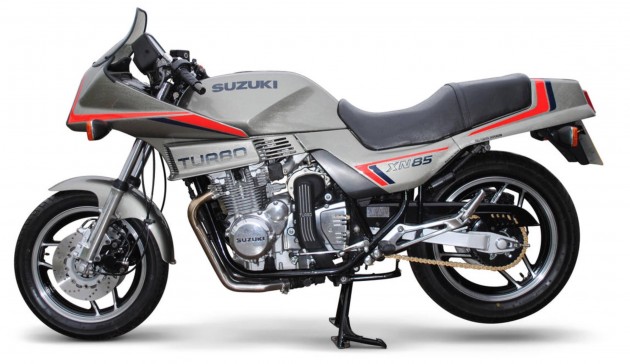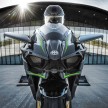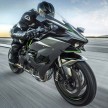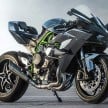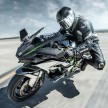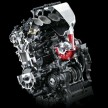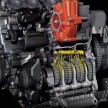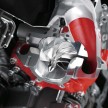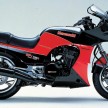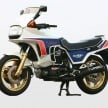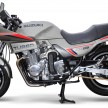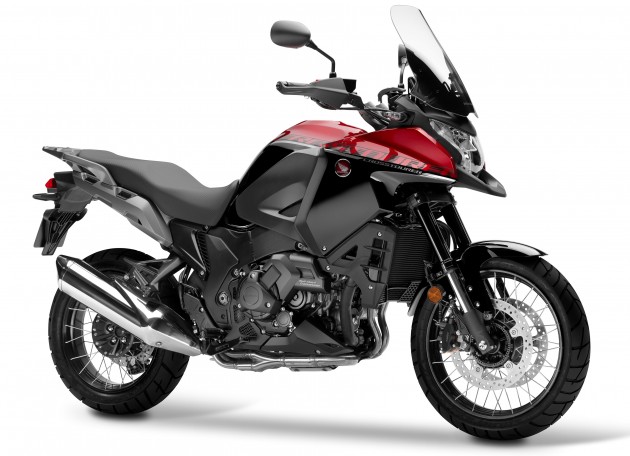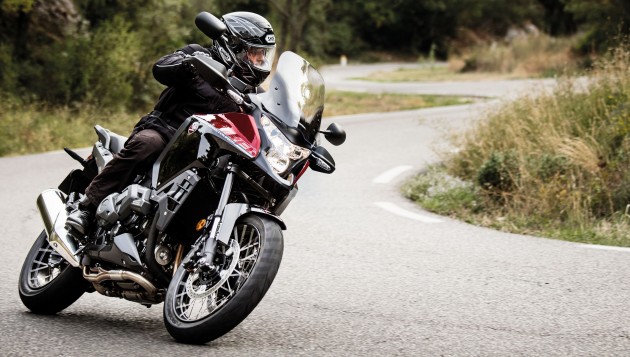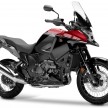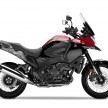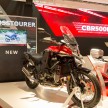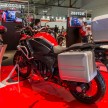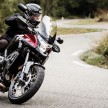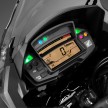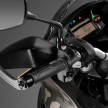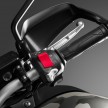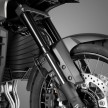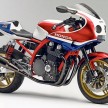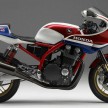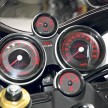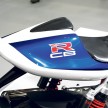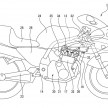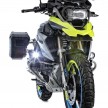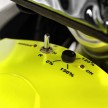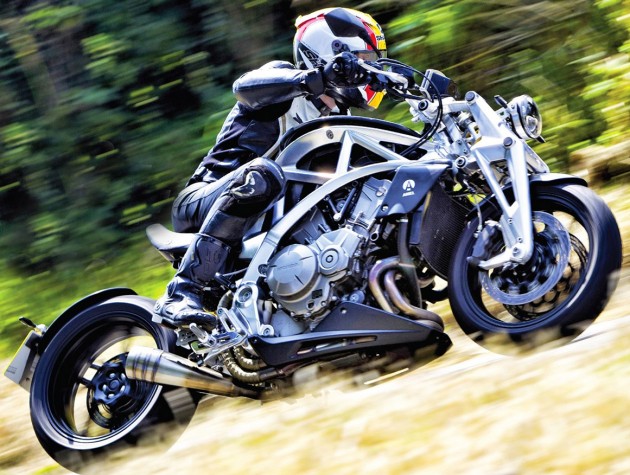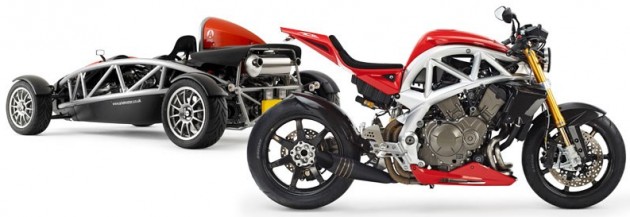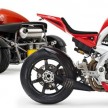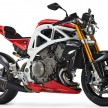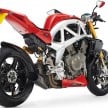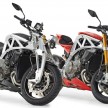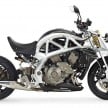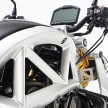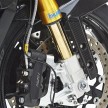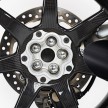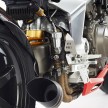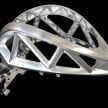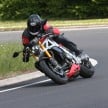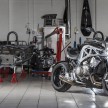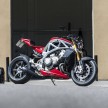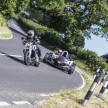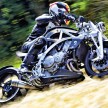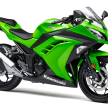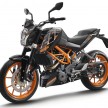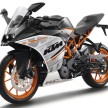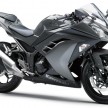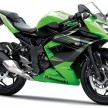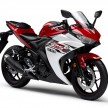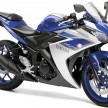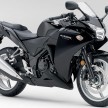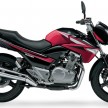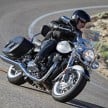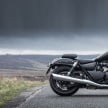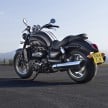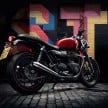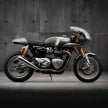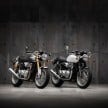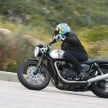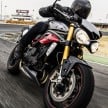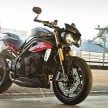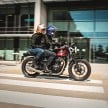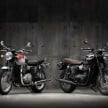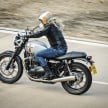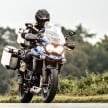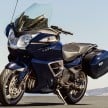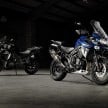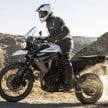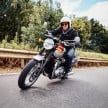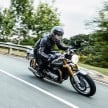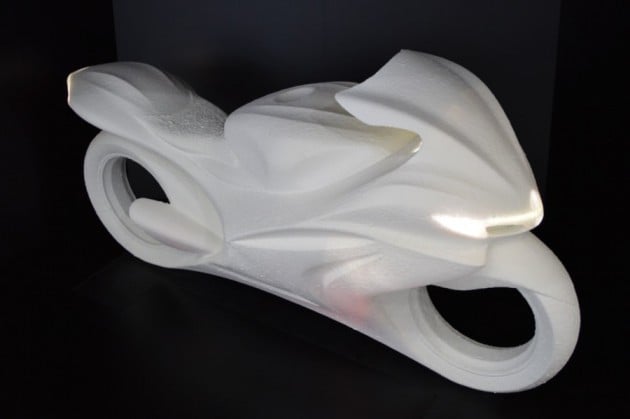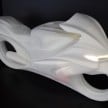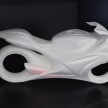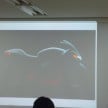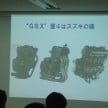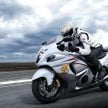
The 250 cc motorcycle segment is hotly contested locally, especially after some of the major manufacturers opened up assembly plants in Thailand. Many riders step up to, or begin with, 250 cc bikes, attracted by the reasonable price-to-performance ratio, easy handling and low weight, as well as license restrictions.
Behind only the under-bone (kapchai) and scooter categories in terms of popularity, the 250 cc segment is well represented in Malaysia, with all the big guys, and several of the small ones, offering at least one quarter-litre class bike in their range.
The year that was saw some interesting offerings hit the market, with many bikes following the supermotard/streetfighter styling beloved of younger riders who form much of this market segment. With low hp output, and low-to-the-ground seating, 250 cc motorcycles are firm favourites with many Asian riders.
Here is a roundup of what was available in 2015, with some snippets of what may be coming this way in 2016. Due to the large number of model types in this segment, this list is confined to road bikes, which have a lion’s share of the market.
Yamaha YZF-R25
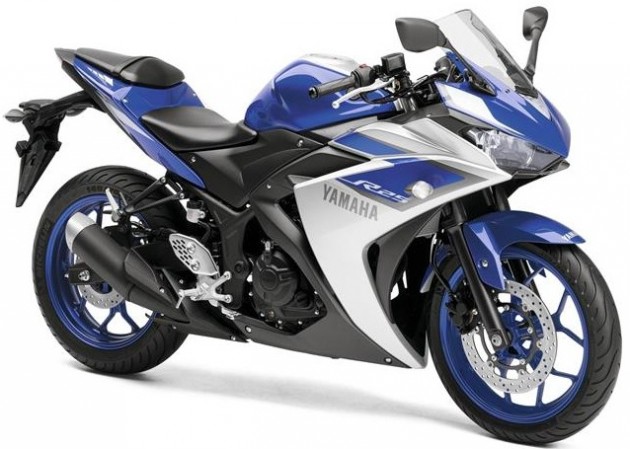
The long-awaited Yamaha YZF-R25 was officially launched by Hong Leong Yamaha in February. This DOHC parallel-twin with four valves per puts out 35.5 hp and 22.1 Nm of torque at 10,000 rpm.
The compression ratio is 11.6:1, so you’ll have to feed it with the good stuff. Transmission is through a six-speed box and fuelling is via EFI.
Yamaha MT-03

The Yamaha MT-03 has already been released in Thailand as a 321 cc naked sportsbike, while Indonesia made do with the MT-25, the smaller engined version. No word yet as to when it will officially hit local motorcycle shops, but it is said to be sometime in 2016.
The uprated engine pumps out 41 hp with 29.6 Nm of torque. Engine configuration is similar to its racier sibling, the YZF-R25.
Honda CBR250R
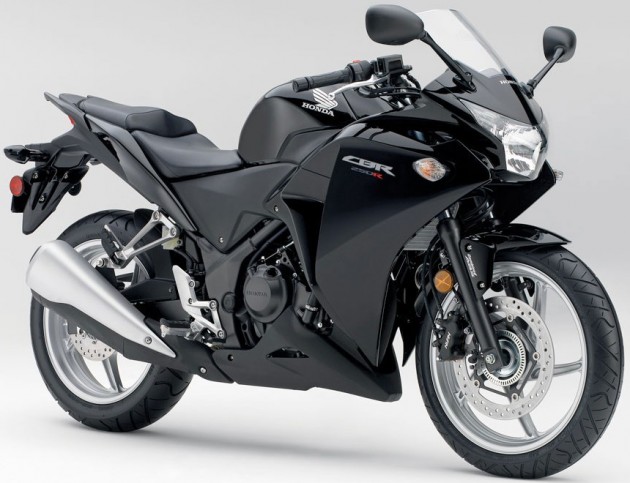
The Honda CBR250R has been providing sterling service since 2011, with a mid-model update in 2013. Rumours of its replacement, the CBR250RR, have been bouncing around, but no official word from Honda if the CBR250R will be replaced in 2016.
This 249 cc single features a DOHC four valve engine that is rated at 27 hp with 23.3 Nm of torque. The CBR250R is available three versions – standard at RM19,999, Repsol replica at RM20,999 and Trico with ABS at RM22,999.
Kawasaki Ninja 250 and 250SL
Kawasaki’s small Ninjas are extremely popular here, in part due to the low price. The fully-faired Ninja 250SL is new for 2015 and is lighter than its 250 counterpart
The Ninja 250, a parallel-twin with eight valves and DOHC, fuelled by EFI, while the Ninja 250SL runs with a thumper. Power is claimed to be 28 hp with 22.6 Nm of torque for the twin, and the single puts out 27.6 hp and 22.6 Nm of torque. The Ninja 250SL retails at RM17,689.
KTM RC 250 and 250 Duke
Listening to riders, KTM brought in 250 cc versions of the RC and Duke, in response to rider feedback that the 200 was a little too small, and the 390 was out of reach, license and price wise. Outwardly resembling the bigger 390 version, both the RC and Duke share almost identical specifications.
The single-cylinder engine is rated at 31.3 hp and 24 Nm of torque. While it might not sound like much, KTM’s tuning of the engine will ensure either bike spends as little time on the front wheel as possible. The RC is tagged at RM18,888 while the bare Duke is priced at RM17,888.
Suzuki Inazuma GW250Z
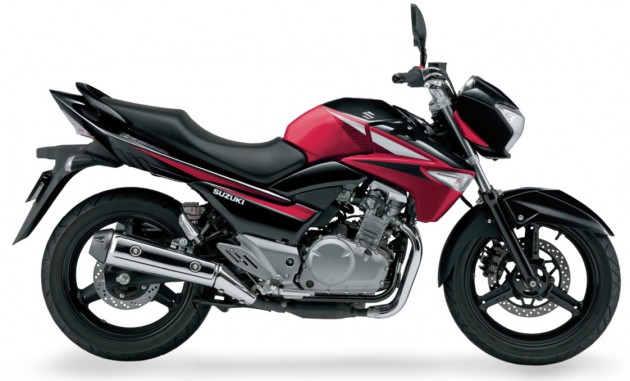
Not brought in officially, the Inazuma GW250Z harks back to Suzuki’s Bandit and GS-series big bikes. Designed as an entry-level, do-anything bike, the Inazuma is targetted at the rider who wants a no-fuss daily bike.
The engine is a parallel-twin fed by EFI, and power is directed through a six-speed gearbox. No official word on power or torque figures, but somewhere around 30 hp and 20 Nm torque would be about right. It is rumoured that Suzuki will be releasing an all-new GSX-R250 in 2016.

